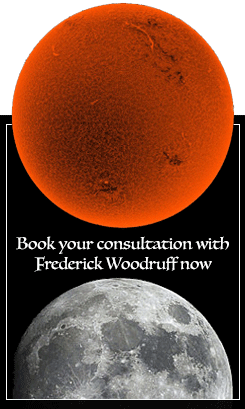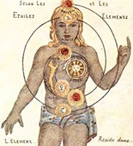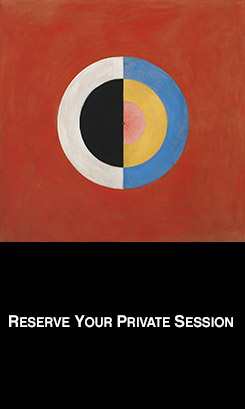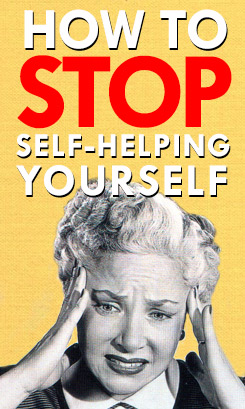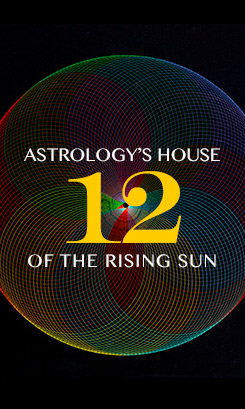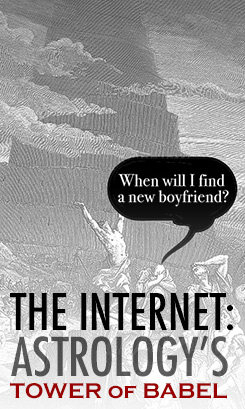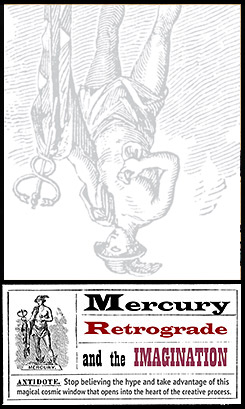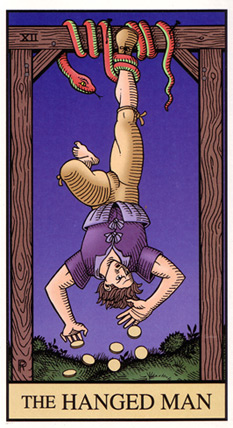A.E. Waite’s Little Known Second Tarot Deck

The Pamela Colman Smith deck (which is what I call it), as directed and overseen by the occultist A.E. Waite, is the most popular Tarot deck in the world.
But did you know that Waite commissioned a second deck that was to be employed for the private use of members of his Fellowship of the Rosy Cross?
The artist’s name was John Trinick, and the designs are absolutely stunning, as featured here from the British Museums website.
There’s an El Greco-like quality to Trinick’s elongated forms, imparting a sense of being uplifted to another dimension. Quite unlike the earthy, charming lyricism and instant accessibility of Colman’s deck.
Try this sometime with your Colman deck: Lay all of the cards out, upright, in a straight line (and I should know because I’ve done this), and you’ll feel a distinct palpability to the arrangement — like you are in a theater and watching various tableaux arranged on a proscenium. I believe this was part of Colman’s genius and why the deck remains so popular; it touches that place in each of us where the drama of life is felt to take place on a stage. Our stage, our props, our cast of characters.
Details from one of the popular online Tarot forums, shared the following about the artist:
“Trinick was born in Melbourne, Australia, on 17 August 1890, sailing to England with his parents in 1893 before returning to Australia in 1907. He studied in the art school of the National Gallery of Victoria between 1910 and 1915 and then returned to England in 1919 to continue his studies at the Byam Shaw and Vicat Cole school of Art.”
Tarot scholar Mary Greer posted a detailed entry on the Waite Trinick deck several years ago. Shortly thereafter there was a limited run of 250 copies of a book that featured the entire set of images. But that is the last I’ve heard about this eerie, gorgeous set of images. If you have more details, please share below.
Cosmic Stall and The Hanged Man
To stall is to procrastinate. That’s the usual connotation of the word stall. And procrastination implies a conscious kind of non-action on the part of the procrastinator. But there is another definition taken from the world of aviation. A mechanical stall is a malfunction in the flight of an aircraft in which there is a sudden loss of lift that results in a downward plunge. “The plane went into a stall and I couldn’t control it.”
Can you relate?
With both Saturn (the prime mover) and Mars (the feisty shaker) in retrograde motion, our direction, our sense of time, our desire (Mars) for a forward momentum (Saturn) — all of our leaning toward and lunging for is, well, suspended — left dangling. So when someone asks you, “What are you up to?” You can say, in all honesty, “Just hanging around.” Or if you’re a more melodramatic type: “Man, I’m going down.”
So, while you’re falling why not pick a card — any card.
Of all the various versions of the Tarot’s Hanged Man (Pamela Colman Smith’s glowing, haloed figure or Aleister Crowley‘s eerie ankh-hung Spiderman) I like the simplicity of Robert Place‘s rendering — taken from his Alchemical Tarot deck — the best. I also think Place’s Hanged Man is more true to the initial stages of frustration that one experiences when she first notices that her airplane has gone into a stall.
Place animates his Hanged Man with a thrashing motion of the body and an angry, perplexed countenance. The man is definitely rebelling against his predicament. And all that he has acquired within the normal, forward motion of time, is falling from his hands. Read more
